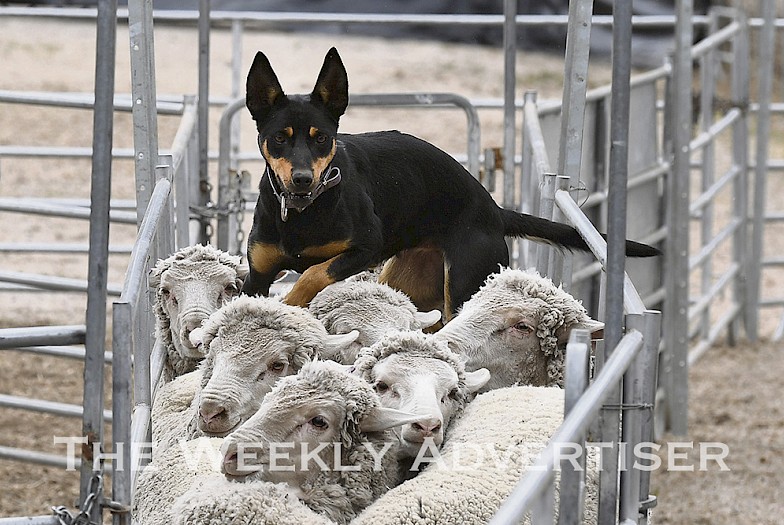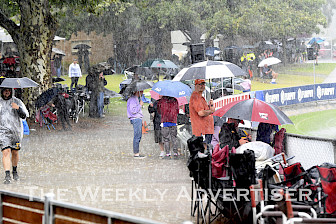“Lower slaughter numbers for sheep and lamb, which MLA is now forecasting to be 6.1-million head and 20.3-million head respectively, are being driven by continued good weather in key sheep-producing regions. These strong seasonal conditions are encouraging producers to retain more ewes and ewe lambs for breeding purposes,” he said.
“Despite being revised down from February projections, lamb slaughter is still expected to be above levels from last year, when 20-million head were slaughtered.
“In 2020, lamb-processing capacity in Victoria was impacted by COVID-19 social-distancing measures in the latter half of the year. Therefore, it is expected that lamb slaughter could accelerate in the second half of 2021 and exceed 2020 levels.”
Mr Bignell said improved seasonal conditions across key sheep regions and relatively high prices in the first quarter of 2021, that were providing producers with an incentive to add additional kilograms to animals, would continue to underpin average national lamb-carcase weights.
“Better-conditioned lambs will see average national lamb-carcase weights for 2021 lift marginally to 24.4kg, up 0.4kg a head on 2020 levels. MLA has not predicted significantly increased weights in 2021, given 2020 was also a year with abundant feed that assisted good lamb growth,” he said.
“Continued feed availability is underpinning average sheep-carcase weights which are expected to remain in line with 2020 weights at 25.8kg a head. Greater investments into sheep lot and containment feeding during the 2018-19 drought supported carcase weights in periods of pasture shortfalls.”
Saleyard prices in 2021 are expected to remain high, though slightly lower than the records set in 2020 and 2019, indicative of a maturing flock rebuild.
Wool
Regarding wool prices, an Eastern Market Indicator sat at 1320 cents at the end of May.
This was 53.7 percent or 461 cents a kilogram, above the 858¢/kg recorded in September 2020 when the price of wool was at a 10-year low.
The EMI price was in line with an ABARES forecast from March this year, which predicted the EMI would average 1300¢/kg for the 2021-22 financial year.
Continued demand for raw wool from China, Czechia, Italy and India wereunderpinning a wool-price recovery.
Projection showed end-consumer demand for woollen garments, suits and activewear was expected to continually improve as the world recovered from COVID-19 and retail sales began to increase.
The rebound in wool prices would encourage the retention of Merino ewes that made up 76 percent of all Australian breeding ewes.
The climbing EMI and sheep prices were likely to fuel confidence in the Australian sheep industry and help support the flock rebuild.
The entire June 30, 2021 edition of The Weekly Advertiser is available online. READ IT HERE!
The entire June 30,, 2021 edition of AgLife is available online. READ IT HERE!






